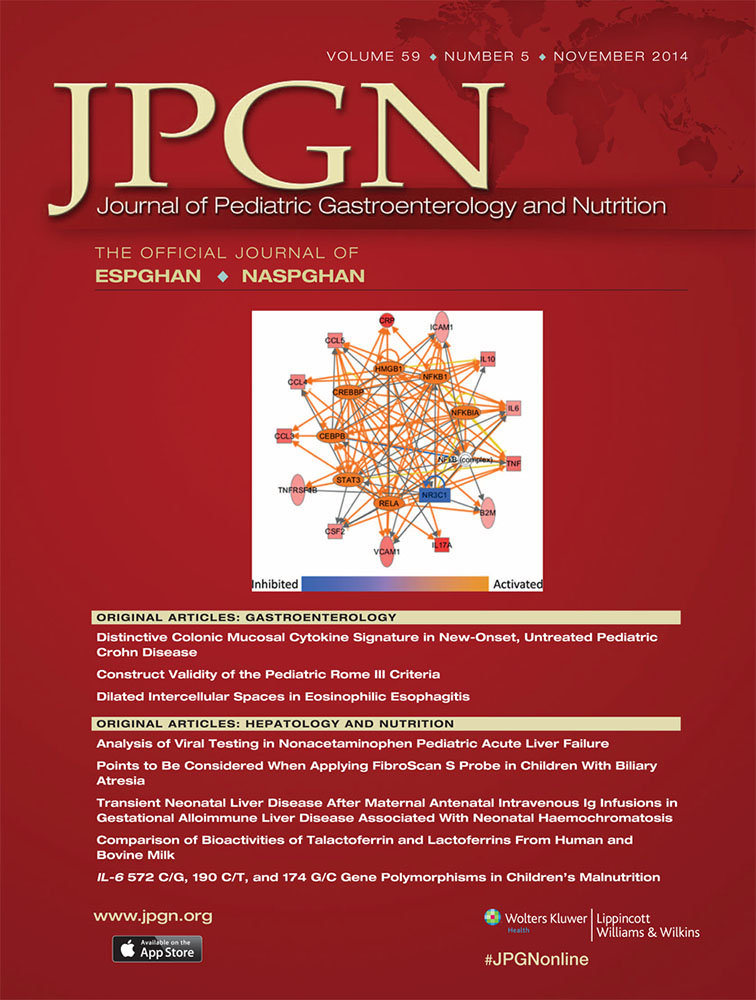Outcome After Anal Intrasphincteric Botox Injection in Children With Surgically Treated Hirschsprung Disease
The authors report no conflicts of interest.
ABSTRACT
Objectives:
A nonrelaxing internal anal sphincter is present in a relatively large proportion of children with surgically treated Hirschsprung disease (HD) and can cause obstructive gastrointestinal symptoms. The short- and long-term outcome and adverse effects of intrasphincteric botulinum toxin (Botox) injections in children with obstruction after surgically treated HD are evaluated.
Methods:
The outcome of children with surgically treated HD treated with intrasphincteric Botox injections for obstructive symptoms was analyzed with a retrospective chart review between 2002 and 2013 in the University Medical Centers of Maastricht and Nijmegen.
Results:
A total of 33 patients were included. The median time of follow-up was 7.3 years (range 1–24). A median of 2 (range 1–5) injections were given. Initial improvement was achieved in 76%, with a median duration of 4.1 months (range 1.7–58.8). Proportion of children hospitalized for enterocolitis decreased after treatment from 19 to 7. A good long-term response was found in 49%. Two children experienced complications: transient pelvic muscle paresis with impairment of walking. In both children symptoms resolved within 4 months without treatment.
Conclusions:
Intrasphincteric Botox injections in surgically treated HD are an effective long-term therapy in approximately half of our patients with obstructive symptoms. The possibility of adverse effects should be noticed.




